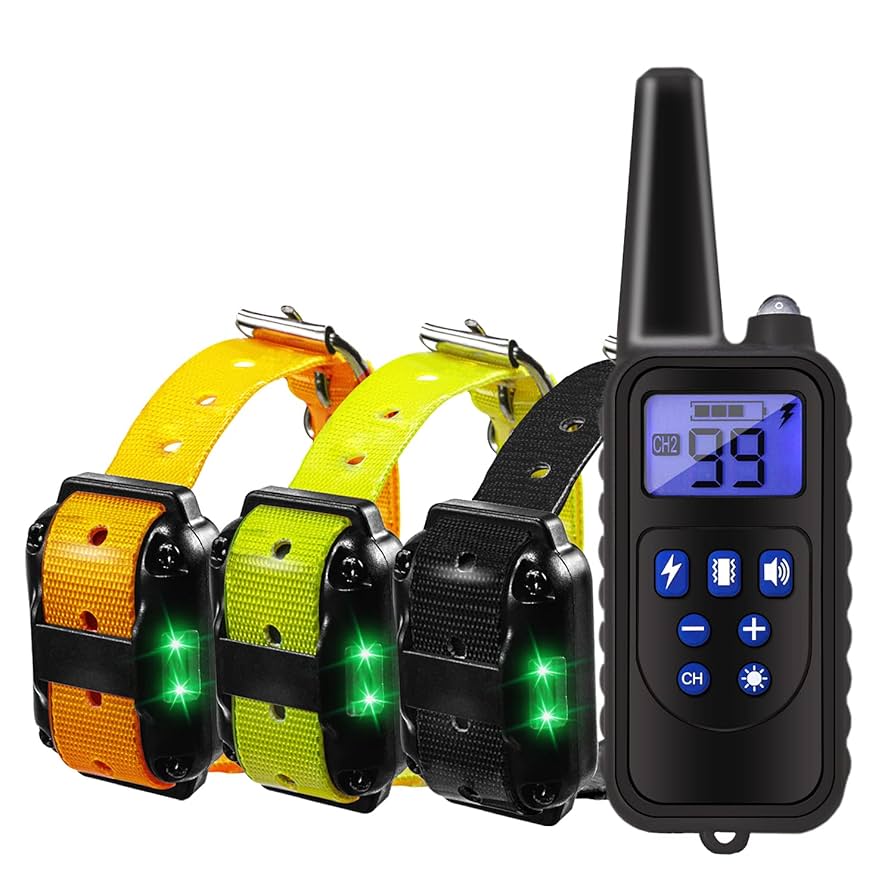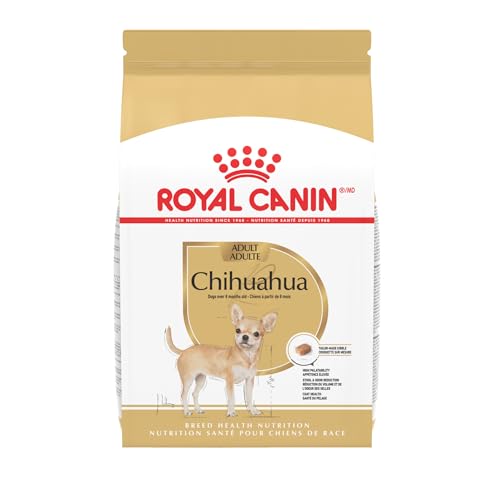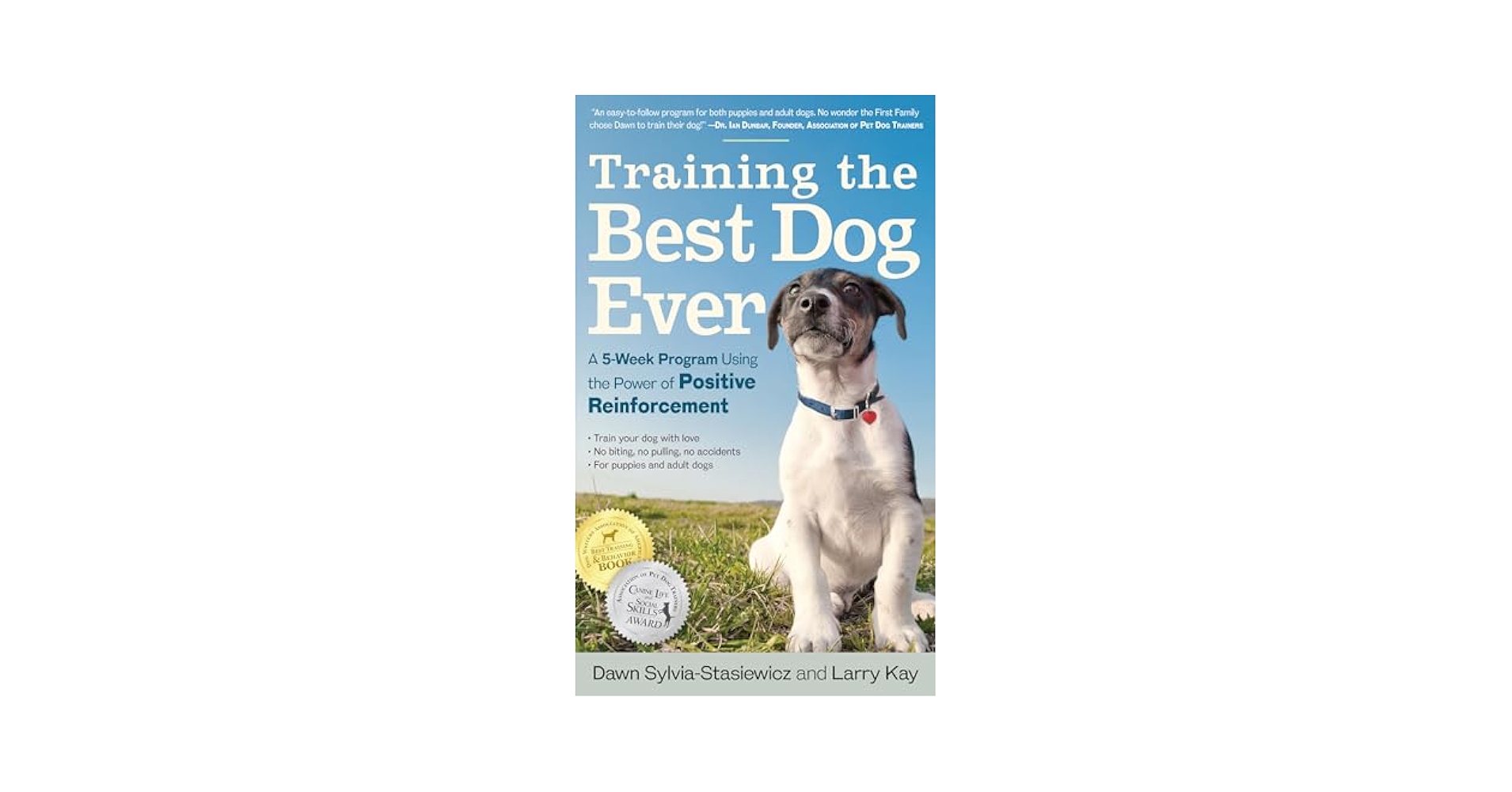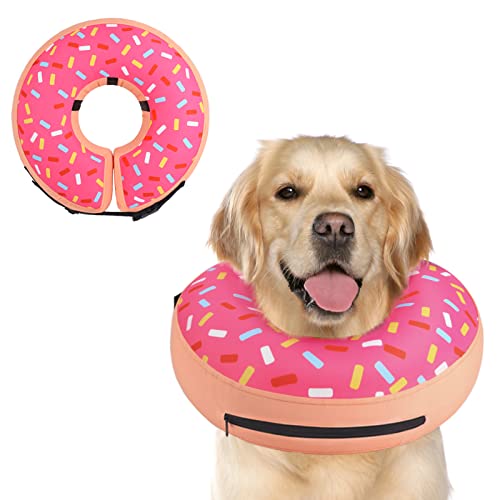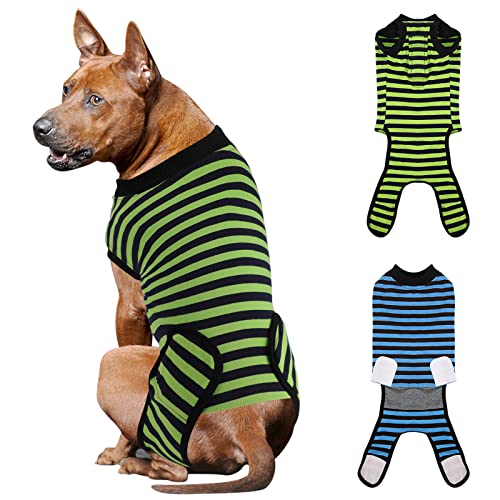Have you ever noticed your dog growling or snapping when you come near their food, toys, or favorite spot? It can be confusing and even a little scary.
Understanding what causes a dog to resource guard is the first step to helping your furry friend feel safe and relaxed. You’ll discover the reasons behind this behavior and learn how to handle it with care. Keep reading to find out how you can create a peaceful home where your dog feels secure and you feel confident.

Credit: www.facebook.com
Understanding Resource Guarding
Resource guarding is a natural behavior seen in many dogs. It happens when a dog feels the need to protect something valuable to them. This could be food, toys, or even a favorite spot. Understanding why dogs guard resources helps owners manage and reduce this behavior.
Dogs use guarding as a way to keep their important things safe. It is an instinct that comes from their wild ancestors. In the wild, resources like food are limited and must be protected to survive. This instinct can still show up in our pets.
Definition And Characteristics
Resource guarding is when a dog shows signs of protecting items. These items can be food, toys, bedding, or even people. The dog acts to keep others away from their valued things. This behavior can be mild or strong, depending on the dog.
Common traits of resource guarding include tension in the dog’s body. The dog may growl, snap, or show teeth. Some dogs may freeze or stare intensely. This behavior is a warning to others to stay away.
Common Signs In Dogs
- Growling or snarling when approached
- Snapping or biting if disturbed
- Stiff body posture or raised hackles
- Guarding toys, food bowls, or resting places
- Refusing to drop or share an object
- Freezing or staring when someone gets close
Recognizing these signs early can help prevent problems. It also helps keep both dogs and people safe. Owners should watch for these signals to understand their dog’s feelings.
Natural Instincts
Resource guarding in dogs is deeply rooted in their natural instincts. These behaviors stem from survival needs shaped over thousands of years. Understanding these instincts helps you respond to your dog’s guarding in a calm and effective way.
Evolutionary Perspective
Dogs inherited guarding behaviors from their wild ancestors. In the wild, protecting food, territory, or possessions meant the difference between life and death. This instinct ensured they had enough resources to survive harsh conditions.
Even your friendly pet carries this ancient drive. When your dog growls or stiffens near their food bowl, they are acting on a natural urge. Recognizing this can help you approach the situation with patience rather than frustration.
Survival Mechanisms
Resource guarding serves as a survival mechanism. It prevents others from taking valuable resources like food, toys, or resting spots. This behavior increases a dog’s chances of survival in competitive environments.
Think about your dog’s world: limited food, limited space. Would you share your last meal if you were hungry and unsure when the next one would come? Your dog’s guarding reflects this struggle. Understanding this can shift how you manage and train them around possessions.
Genetic Influences
Genetic influences play a key role in a dog’s resource guarding behavior. Some dogs inherit traits that make them more protective of their food, toys, or space. Understanding these genetic factors helps explain why some dogs guard more than others. It also guides owners on managing or preventing this behavior.
Breed Tendencies
Certain dog breeds show stronger guarding instincts. These breeds often come from working or hunting backgrounds. They were bred to protect valuable resources or territory. For example, guard dogs and herding breeds may be more prone to resource guarding. This tendency is part of their natural behavior and survival skills.
Examples of breeds with guarding tendencies include:
- German Shepherds
- Doberman Pinschers
- Chow Chows
- Rottweilers
- Terriers
Knowing a breed’s typical behavior helps owners prepare and train effectively.
Hereditary Factors
Resource guarding can also run in families within the same breed. Puppies may inherit traits from their parents that make them more protective. These traits affect how strongly a dog reacts to others near its possessions.
Genetics influence a dog’s temperament, anxiety levels, and social skills. Some dogs are naturally more cautious or possessive. This increases the chance of resource guarding developing.
Breeders can help reduce guarding traits by selecting calm, well-socialized parents. Early socialization and training remain important to manage this inherited behavior.
Environmental Factors
Environmental factors play a significant role in shaping a dog’s behavior, especially when it comes to resource guarding. These external influences can trigger feelings of insecurity or competition, causing your dog to protect items like food, toys, or resting spots more aggressively. Understanding these factors helps you address the root of the behavior and create a calmer environment for your pet.
Early Life Experiences
How a dog is raised in its early days can set the stage for resource guarding later on. Puppies that grow up in crowded or stressful environments may learn to guard their belongings to feel safe. If a dog has experienced scarcity or competition for food or attention as a pup, it might hold onto resources tightly.
I once worked with a rescue dog who constantly guarded his bowl during feeding time. Learning that he came from a shelter with many other dogs competing for food helped me understand his behavior better. It reminded me that early life stress can leave a lasting impression on how dogs view their possessions.
Changes In Living Conditions
Major changes in your dog’s environment can trigger resource guarding unexpectedly. Moving to a new home, adding a new pet, or even changes in your schedule can make your dog feel uncertain. This uncertainty can make them more protective of their belongings.
Think about a dog who suddenly starts growling when you approach their bed after you brought a new puppy home. This behavior often stems from feeling the need to defend what they consider their safe spot. Have you noticed any sudden changes in your dog’s environment that might explain new guarding behaviors?
Behavioral Triggers
Resource guarding in dogs often stems from deep behavioral triggers. These triggers make dogs feel the need to protect their food, toys, or space. Understanding these triggers helps owners manage and reduce guarding behavior.
Fear And Anxiety
Fear plays a big role in resource guarding. Dogs may fear losing their prized items. Anxiety can cause a dog to act defensively. This behavior protects what they value most. Sometimes, past trauma or neglect increases this fear. A fearful dog may growl or snap to keep others away.
Competition For Resources
Competition triggers guarding in multi-pet homes. Dogs may feel they must defend their resources. This is common with food, toys, and sleeping areas. The drive to compete comes from natural instincts. Dogs want to ensure they get enough to eat. Guarding prevents others from taking what they see as theirs.

Credit: www.preventivevet.com
Human Interaction
Human interaction plays a crucial role in shaping your dog’s behavior around their resources. How you engage with your dog during feeding, playtime, or resting can either build trust or trigger resource guarding. Understanding your part in this dynamic can help you create a safer and more relaxed environment for both you and your pet.
Training Methods
The way you train your dog can directly influence their tendency to guard resources. Using positive reinforcement encourages your dog to associate giving up an item with rewards, reducing anxiety around sharing.
On the other hand, harsh or punitive training methods can increase fear and insecurity, causing your dog to cling tightly to their possessions. Have you noticed if your dog becomes more protective after you correct or punish them during mealtime or toy play?
Consistent and gentle training helps your dog feel secure. Teaching commands like “leave it” or “drop it” with treats can make your dog more willing to give up items without stress.
Owner Responses
Your reactions to your dog’s guarding behavior can either escalate or calm the situation. If you react with anger or frustration, your dog may interpret it as a threat, making guarding worse.
Instead, staying calm and patient sends a clear message that you are not a danger. You can try approaching your dog slowly and offering a high-value treat in exchange for the guarded item. This shows your dog that sharing leads to positive outcomes.
Have you ever stopped to think about how your own emotions affect your dog’s sense of safety? Dogs are incredibly sensitive to your tone and body language. Being mindful of this can prevent many guarding episodes.
Physical Health Issues
Physical health problems often trigger resource guarding in dogs. When a dog feels pain or discomfort, it may protect items more fiercely. These health issues affect a dog’s behavior and its sense of security. Understanding these factors helps in managing and reducing guarding behaviors.
Pain And Discomfort
Pain makes dogs more protective of their belongings. A dog in pain may fear that others will take their resources. This fear leads to guarding behavior. Injuries, arthritis, or dental problems can cause this discomfort. Even minor aches can change a dog’s mood. The dog may guard food, toys, or resting spots. Observing for signs of pain is important. Sudden guarding can signal a health problem. Veterinary check-ups help identify hidden pain.
Nutritional Deficiencies
Poor nutrition can affect a dog’s behavior and energy. Dogs lacking essential vitamins or minerals might feel weak. This weakness makes them anxious about food and resources. Nutritional deficiencies can increase guarding instincts. A dog may guard food more to avoid feeling hungry. Balanced diets support calm and confident behavior. Feeding high-quality food reduces guarding risks. Consult a vet to address dietary issues. Proper nutrition helps your dog feel safe and secure.
Prevention And Management
Preventing and managing resource guarding in dogs requires patience and consistent effort. Early intervention helps reduce guarding behaviors before they worsen. Owners must understand their dog’s triggers and respond calmly. Building trust and positive associations can change how dogs react to their belongings.
Effective prevention combines training and, if needed, professional guidance. Training teaches dogs to share and stay relaxed around valued items. Professional help supports owners with tailored strategies for difficult cases.
Training Techniques
Training focuses on creating positive experiences around guarded resources. Use treats and praise to reward calm behavior near toys or food. Teach commands like “leave it” and “drop it” to control interactions.
- Start with low-value items to build trust.
- Gradually introduce higher-value objects as your dog improves.
- Practice regularly but keep sessions short and positive.
- Never punish guarding behaviors; it increases anxiety.
Consistency is key. Everyone in the household must follow the same rules and commands. This consistency helps your dog understand expectations clearly.
Professional Help
Some dogs need extra support to overcome resource guarding. Certified trainers or animal behaviorists provide expert advice and hands-on help. They assess your dog’s behavior and design personalized plans.
Professionals teach owners how to read body language and manage triggers safely. They guide gradual exposure to guarded items without causing stress. This approach reduces fear and aggression over time.
Seeking help early prevents dangerous situations. It also improves the bond between you and your dog through better communication and trust.

Credit: pupford.com
Frequently Asked Questions
What Triggers Resource Guarding In Dogs?
Resource guarding is often triggered by fear or anxiety about losing valued items. Dogs guard food, toys, or space to protect what they consider theirs. This behavior stems from instinct and can be reinforced by past experiences or lack of socialization.
How Does A Dog’s Environment Affect Resource Guarding?
A stressful or competitive environment can increase resource guarding. Crowded spaces or multiple pets may cause dogs to feel the need to protect their resources. Consistent routines and positive interactions help reduce guarding behaviors by creating a sense of security.
Can Breed Influence Resource Guarding Tendencies?
Yes, some breeds show higher guarding tendencies due to their genetics. Working and guarding breeds may be more prone to resource guarding. However, individual personality and training play a bigger role than breed alone in this behavior.
Is Resource Guarding A Sign Of Aggression In Dogs?
Not always. Resource guarding is usually a protective behavior, not outright aggression. Dogs use warning signals like growling to avoid conflict. Proper training can help manage guarding without escalating to aggressive acts.
Conclusion
Dogs guard their resources for many reasons. It can be fear, stress, or past experiences. Understanding why helps us handle the behavior better. Patience and gentle training work best to ease guarding. Always watch your dog’s body language closely. Safe and calm spaces reduce their need to guard.
Remember, every dog is different and needs your care. Helping your dog feel secure builds trust and peace. Small steps lead to big changes over time. Keep learning about your dog’s needs and feelings.

